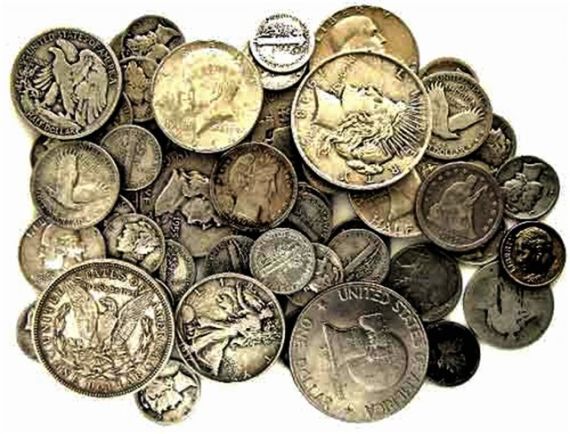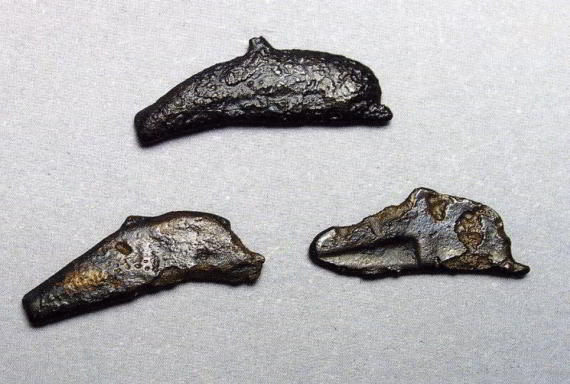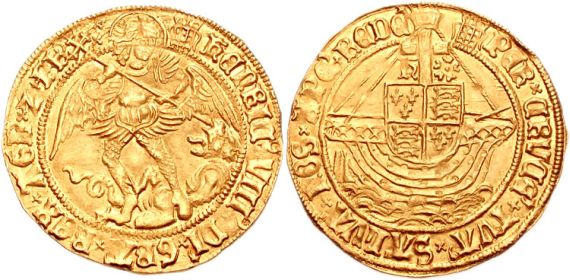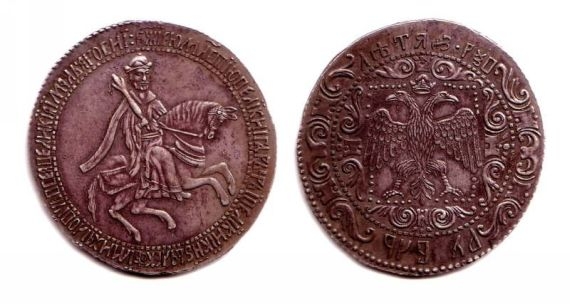Coins of the island of Svalbard
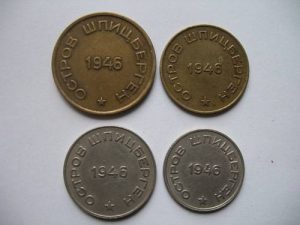 A little story of a small place. Svalbard is a set of islands that are located in the area of the Arctic Ocean. In 1920, these islands joined Norway. At that time, Norway was referred to as the Kingdom of Norway. A little later, in 1932, the USSR were able to rent a number of islands. In particular, this concerned two villages – the Pyramid and Barentsburg. These villages were of interest to the Soviet Union, since there was a very large coal deposit there. And the infrastructure was built in the form of fairly modern mines.
A little story of a small place. Svalbard is a set of islands that are located in the area of the Arctic Ocean. In 1920, these islands joined Norway. At that time, Norway was referred to as the Kingdom of Norway. A little later, in 1932, the USSR were able to rent a number of islands. In particular, this concerned two villages – the Pyramid and Barentsburg. These villages were of interest to the Soviet Union, since there was a very large coal deposit there. And the infrastructure was built in the form of fairly modern mines.
Coal mining was entrusted to a state-owned company called Arktikugol. Recall that in the Soviet Union there were no private companies, only state-owned.
It was decided not to introduce the ruble in this zone, since the territory is only leased, and not in the ownership of the USSR. Therefore, the only option was to introduce a local currency. The first coins were created already in 1946, after the war. The Leningrad Mint was busy creating the currency for settlements.
Four denominations were minted – 50.20, 15 and 10 kopecks. An interesting fact, few people called them coins, since it was not the currency of a particular state in the general concept of this meaning. This money received the name – tokens or coins, tokens.
The physical composition of coin coins with denominations of 10 and 15 kopecks is an alloy of bronze and aluminum. And the tokens of 20 and 50 kopecks received the composition of an alloy of nickel and copper.
An interesting feature possessed coins-tokens in denominations of 50 kopecks. Such tokens were issued in duplicate and very small circulation. One type – with a small star, the second type – with a large one. At the moment, there are very few such coins left. If a coin collector in a collection has tokens in denominations of 50 kopecks, he can be very proud of having such an exhibit.
After the collapse of the Soviet Union, the Arktikugol company did not disappear and remained a state corporation. But since the old state is no longer there, it is necessary to replace the coins. And all in the same mint, only not in Leningradsky, but in St. Petersburg, coins of 100, 50, 25 and 10 rubles were created. Coins of 10, 25 and 50 were developed from nickel plated with steel. A coin of 100 rubles was given more attention and was minted from an alloy of bronze and aluminum. This time all the coins had a single design. The islands of the Svalbard archipelago and the polar bear. But, unfortunately, precisely because of this design, the government of the Russian Federation was forced to completely kill the circulation. Since the islands were only rented, Norway was not very happy about this design, where their islands are painted next to Russia.
The fact is that according to the law it is impossible to place a drawing of the territories of another on the bank notes of one state. Therefore, most of the coins were simply melted down. But, some of them have survived to this day. At the most famous coin collectors you can find several such coins.
Interesting fact! Until 1998, the situation with the coins was never resolved, moreover, it worsened even more. In the Russian Federation, a law was passed stating that the state does not have the right to convert its currency to any, even leased, alien land. Therefore, unique coins with a face value of 0.5, 0.25, 0.1 were issued. Only numbers, no currency. Then these numbers were equal to the crown rate. There was a limited edition, at the moment such coins are very expensive.
